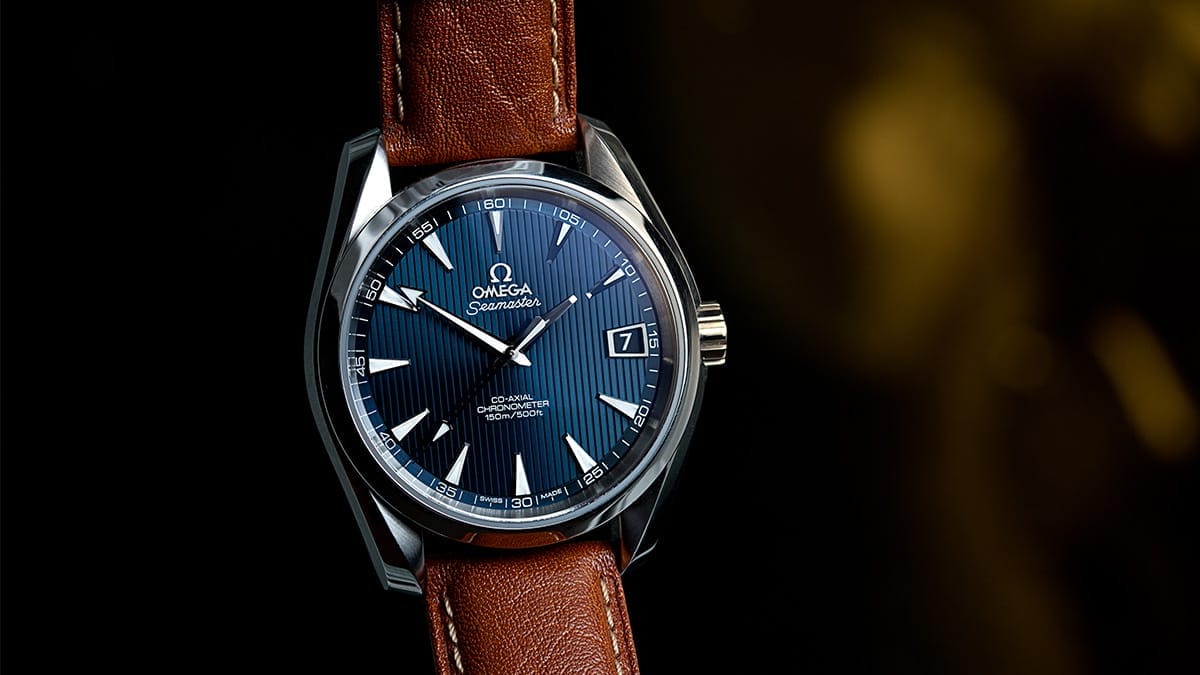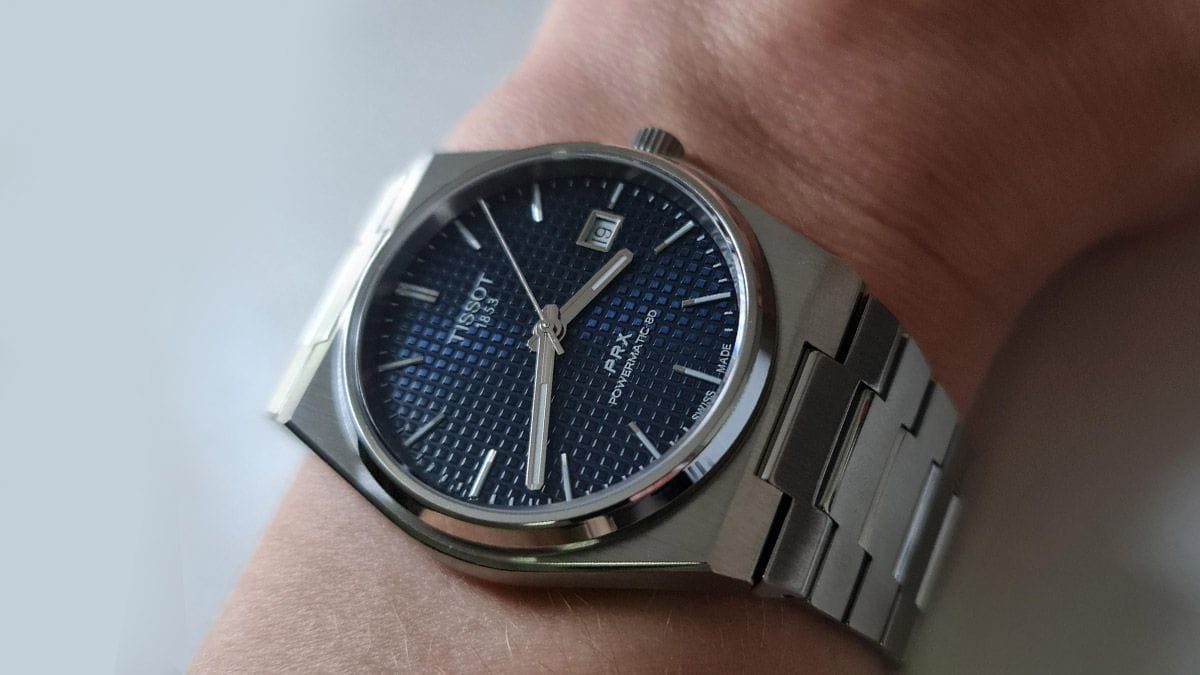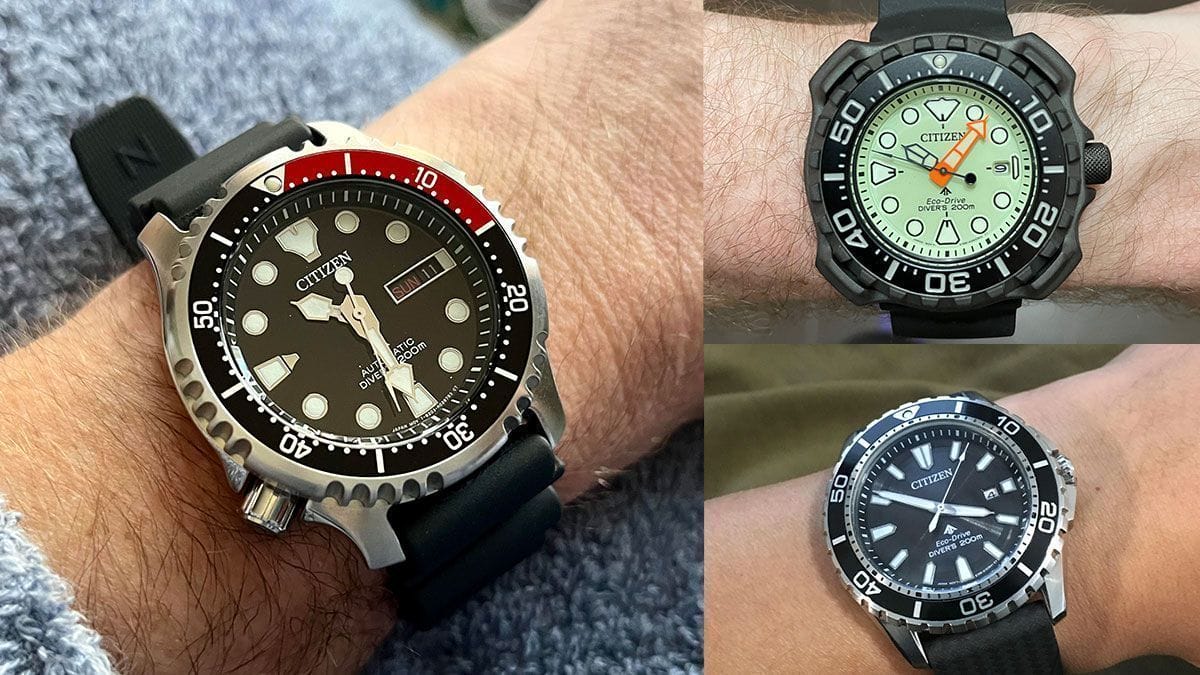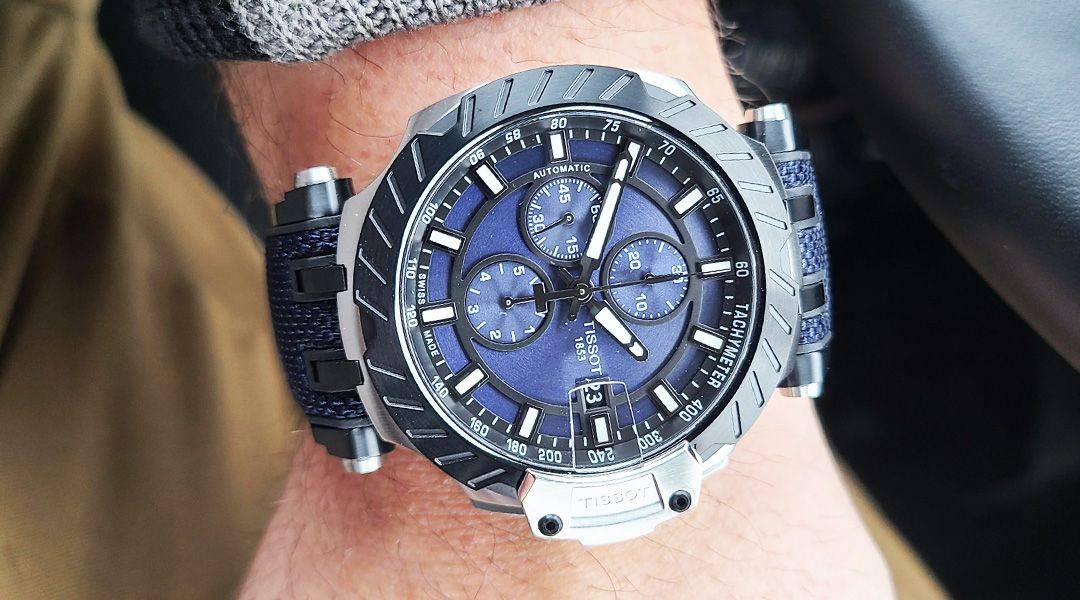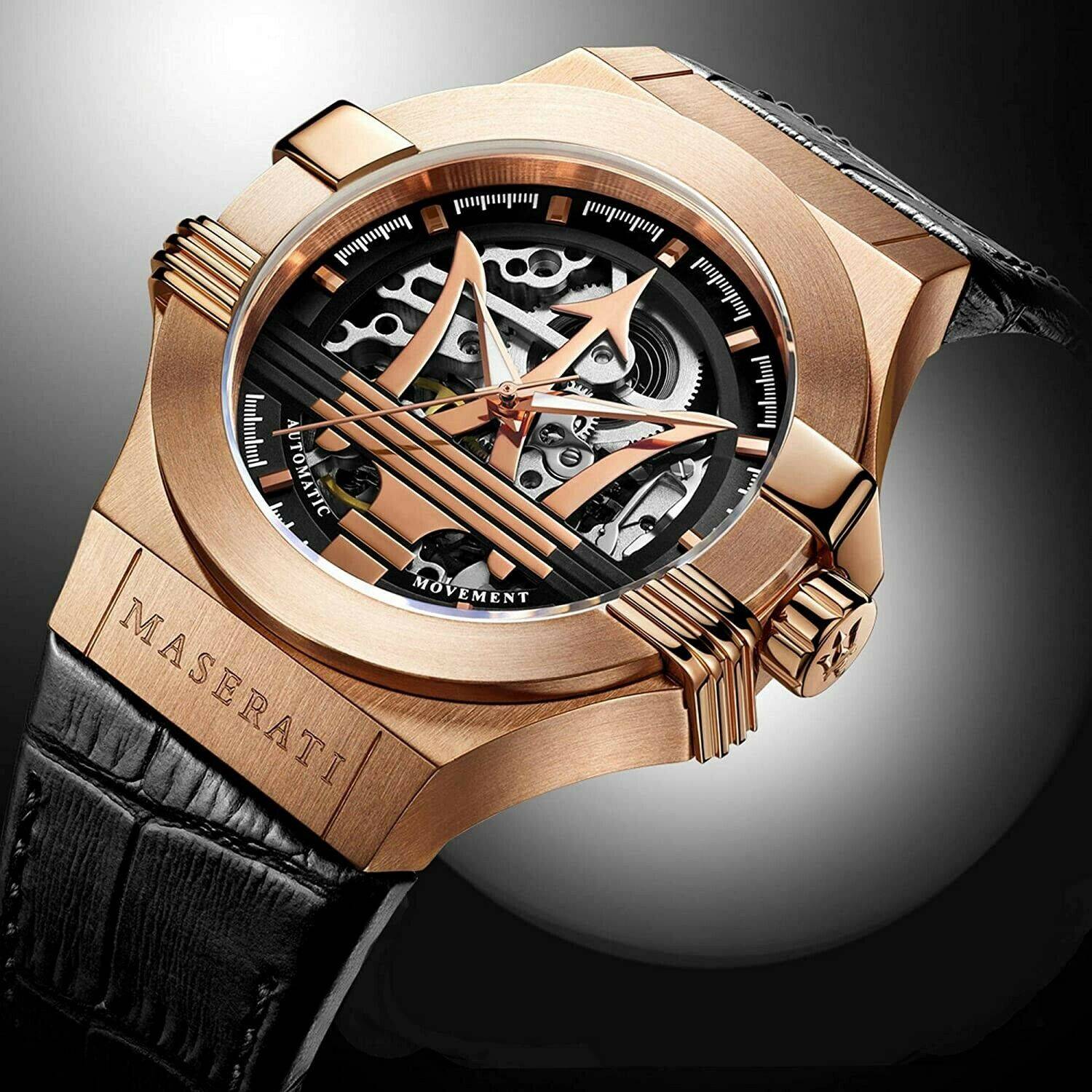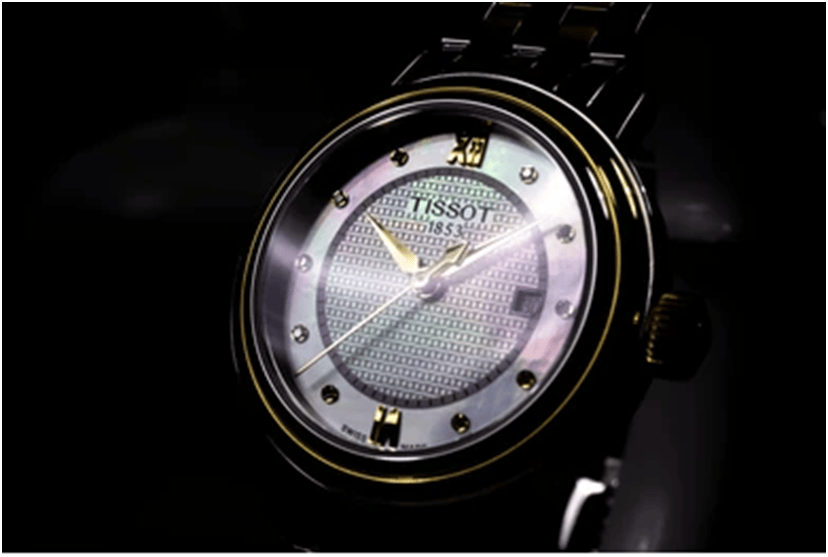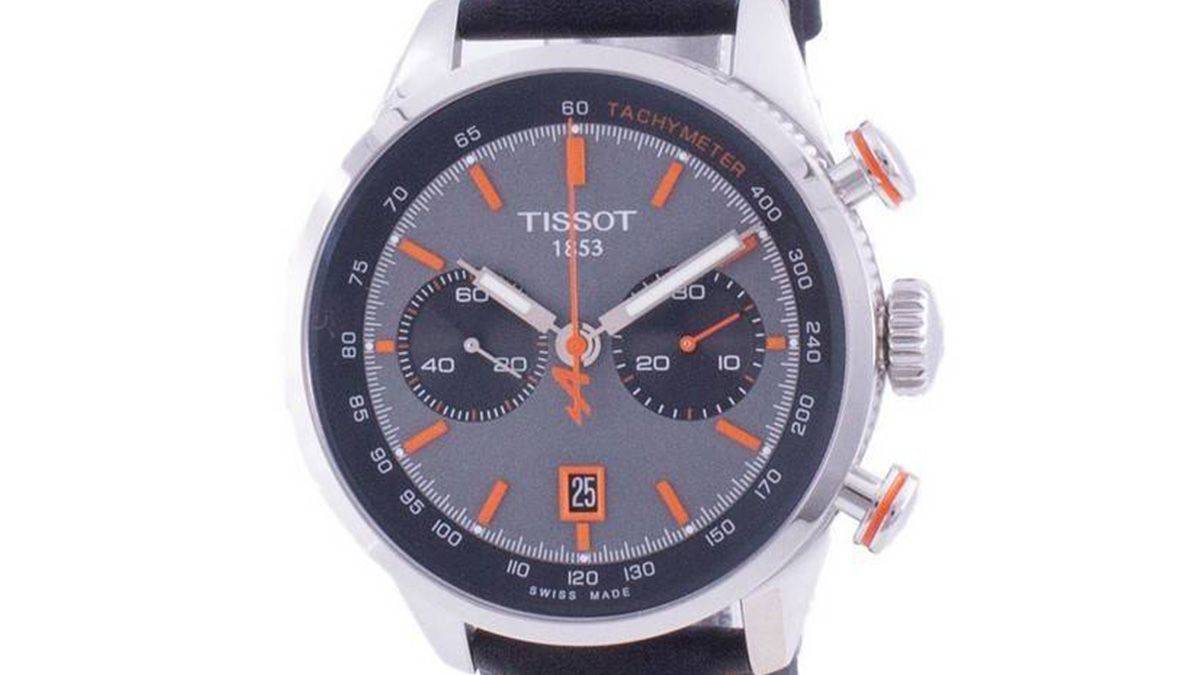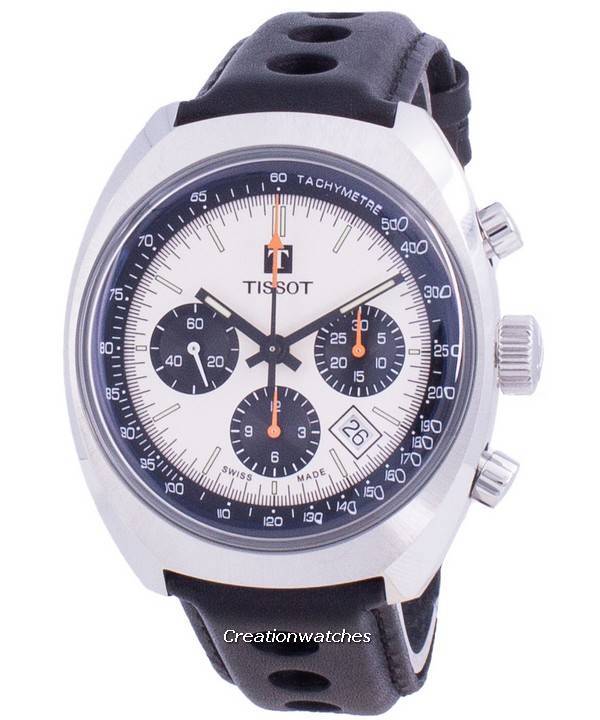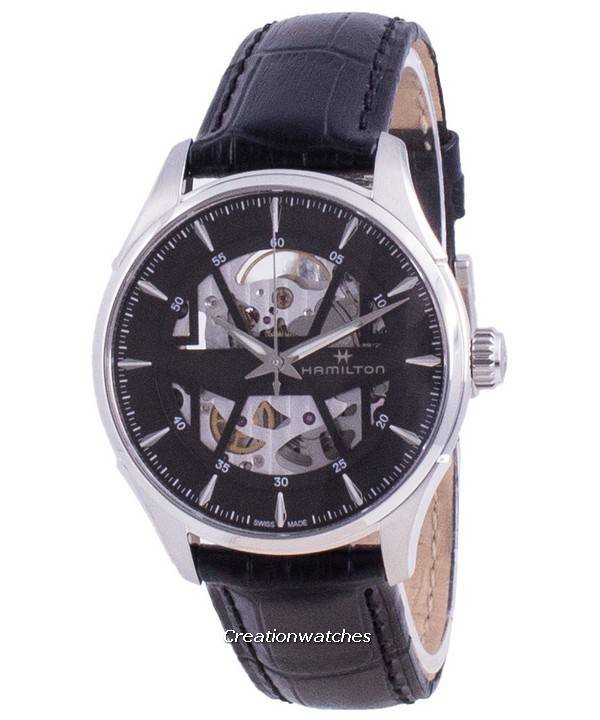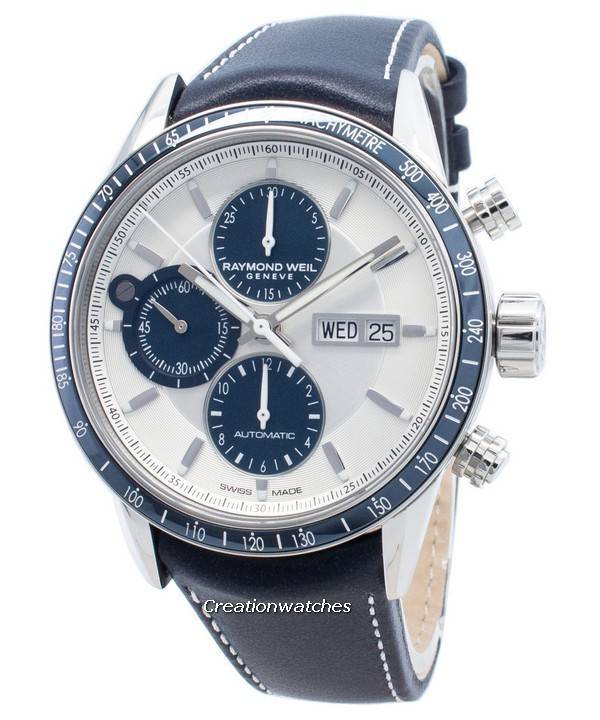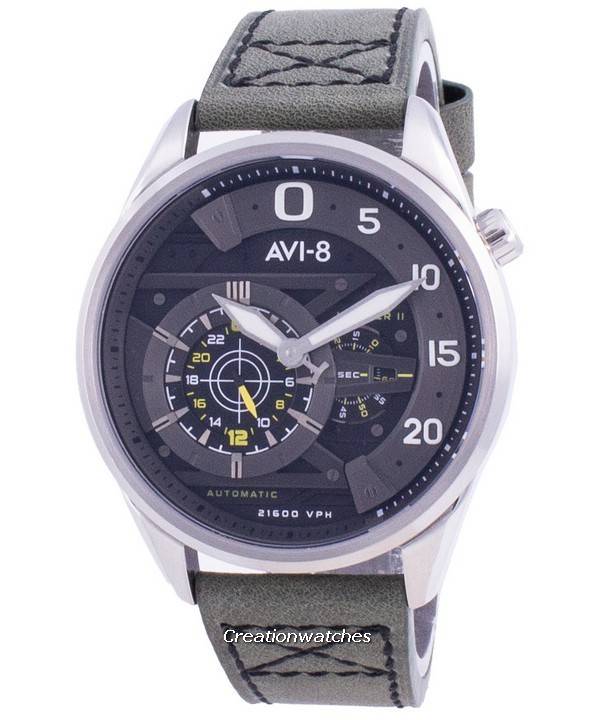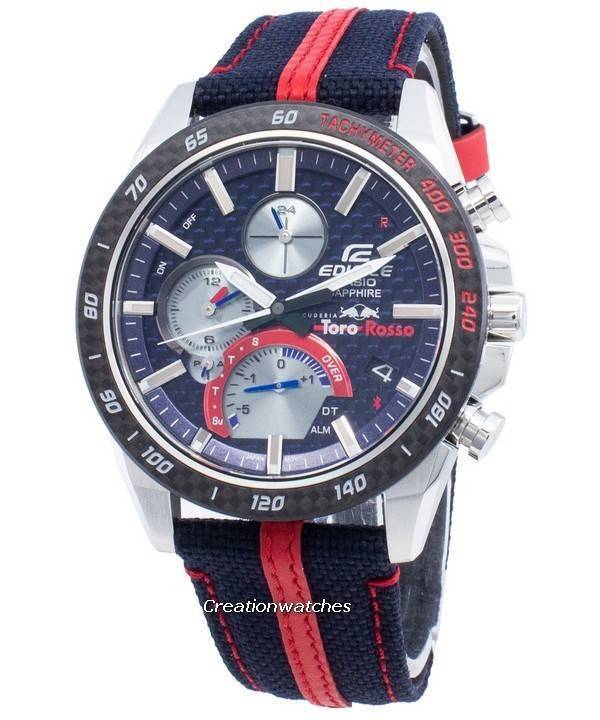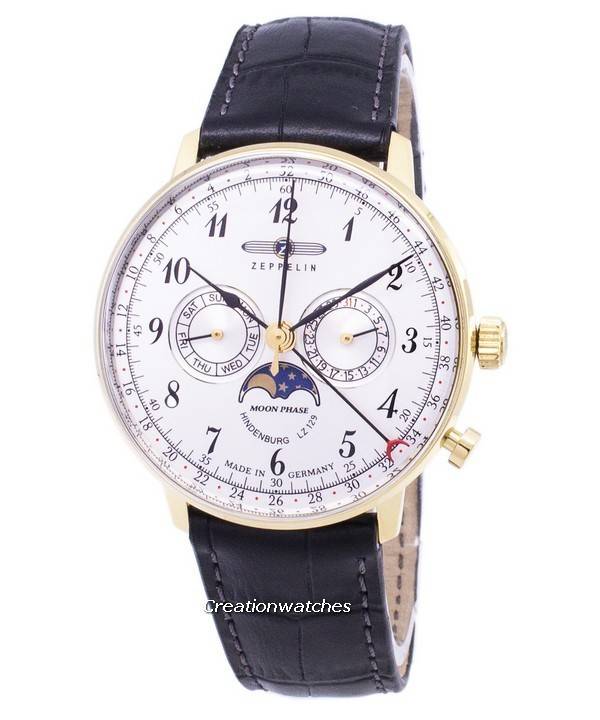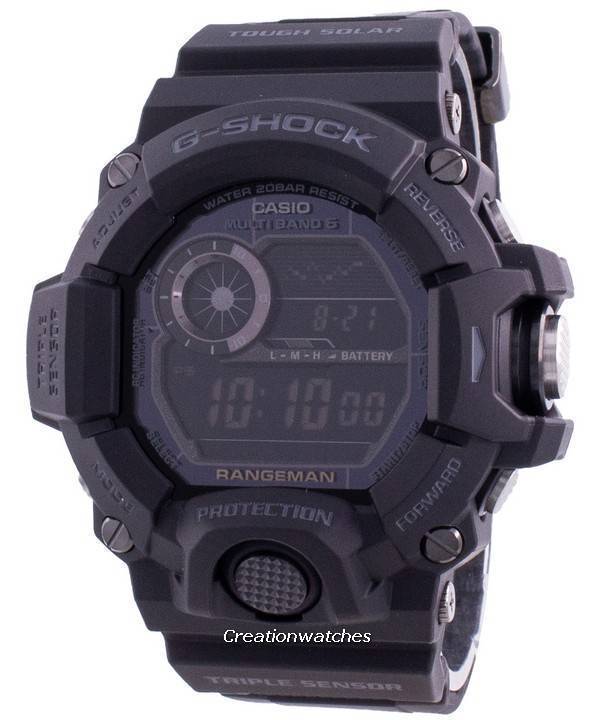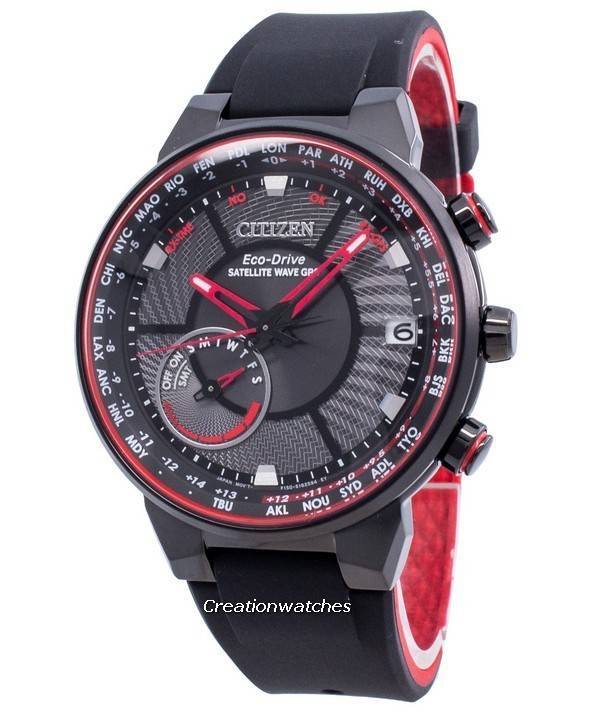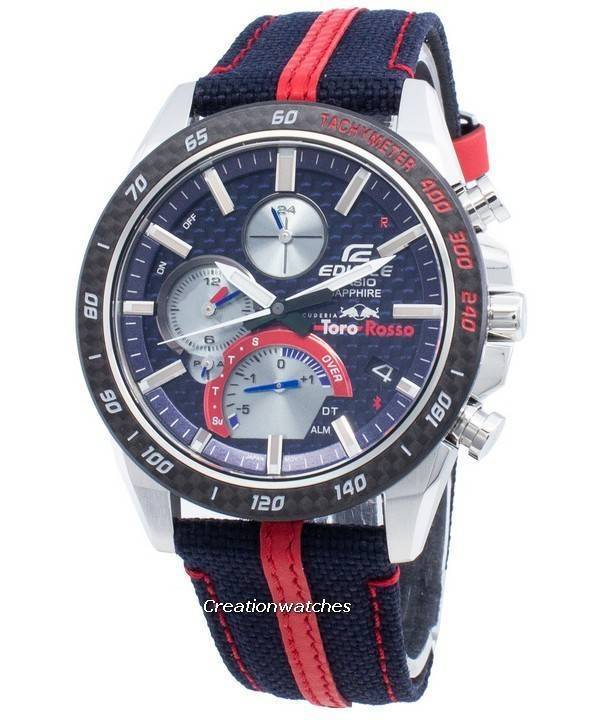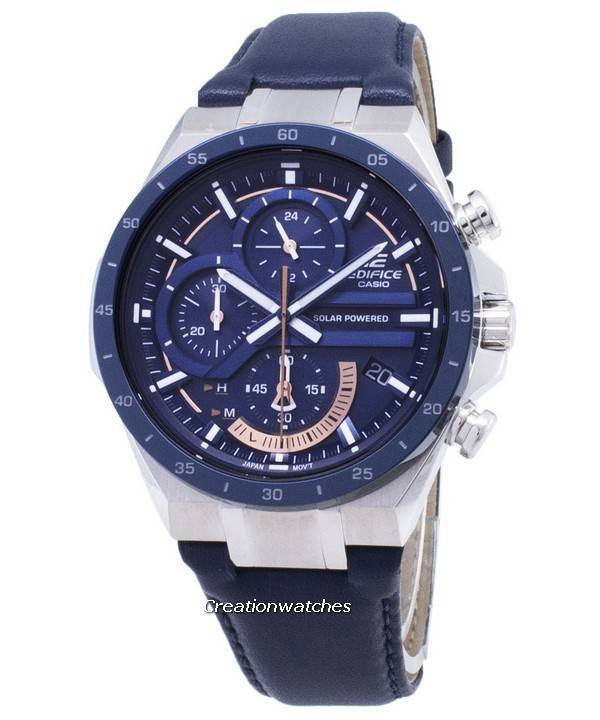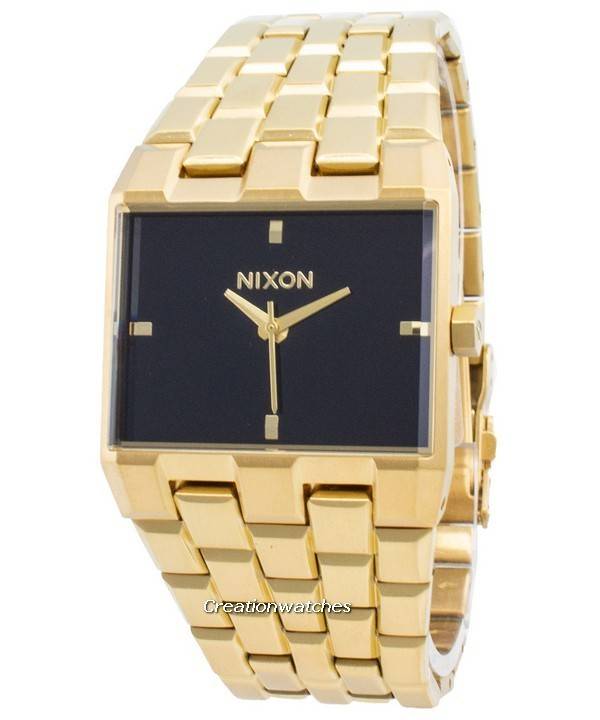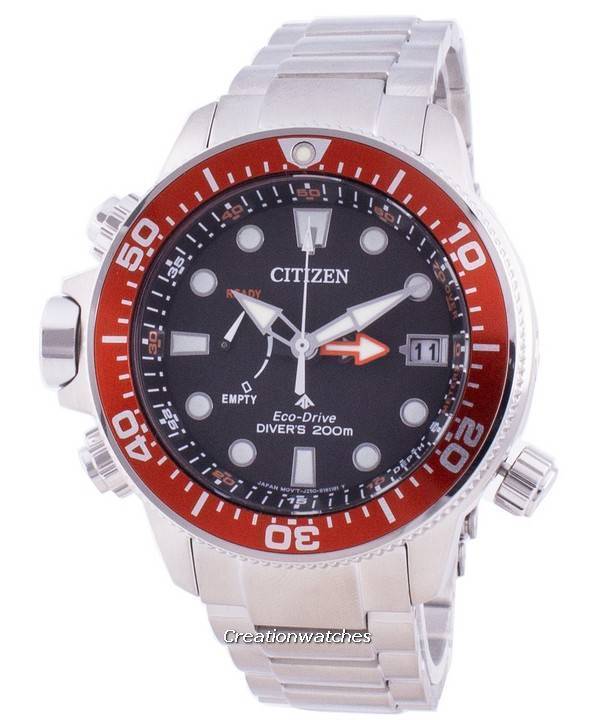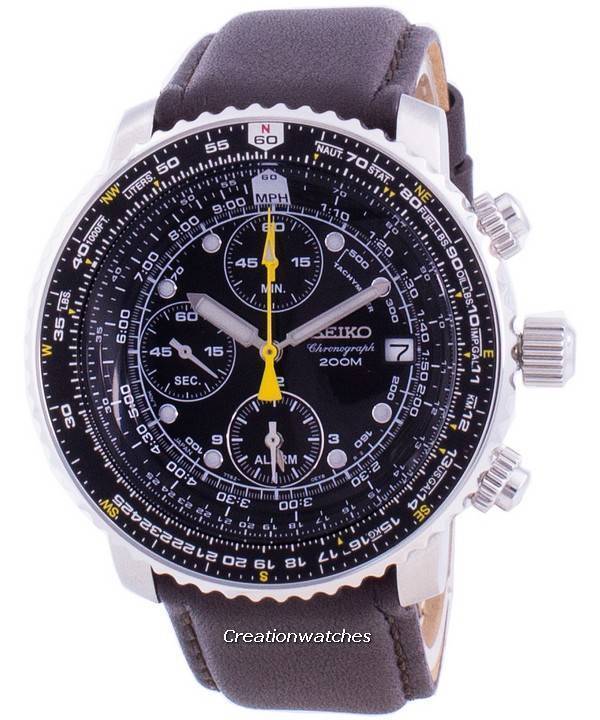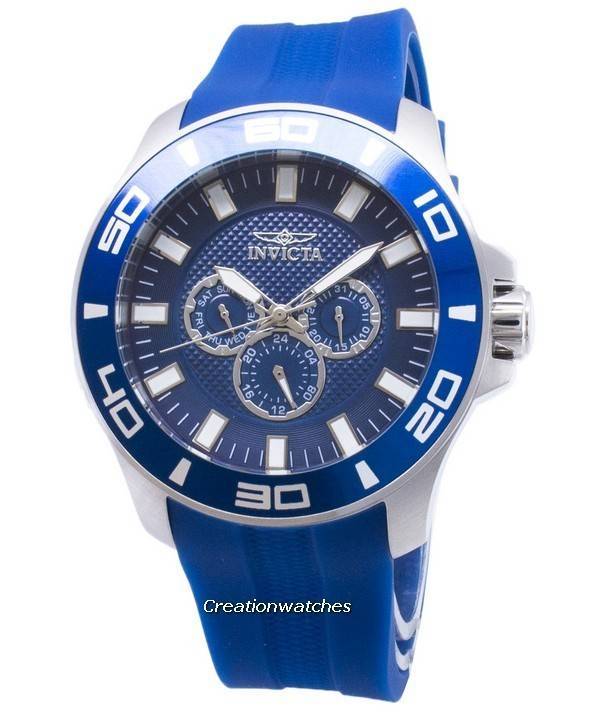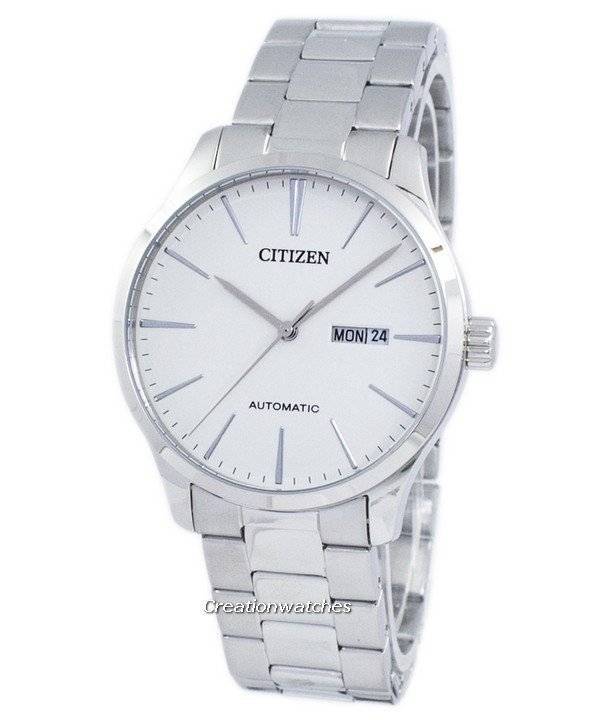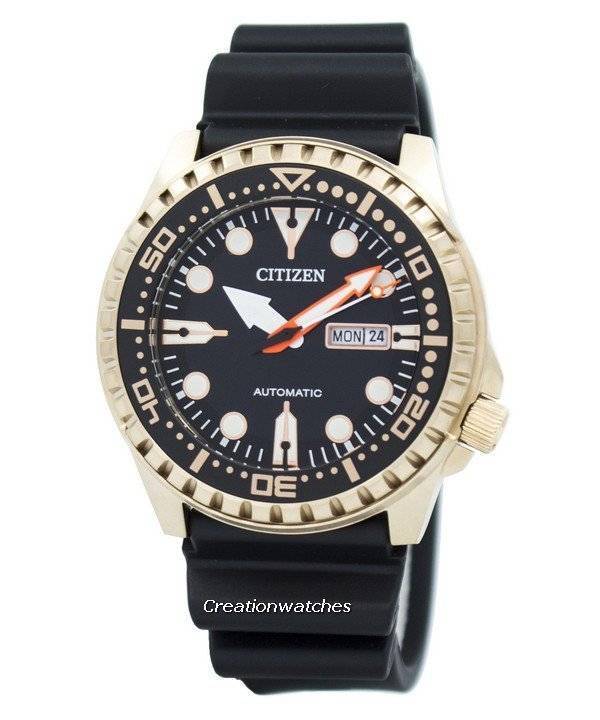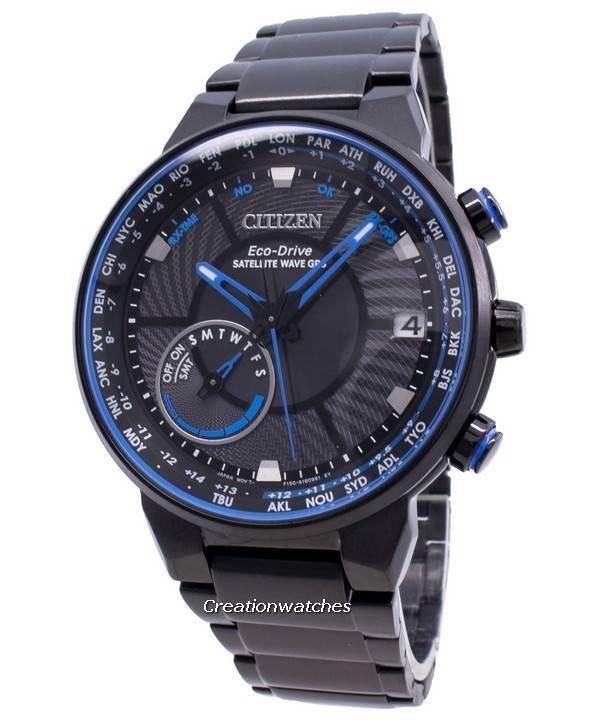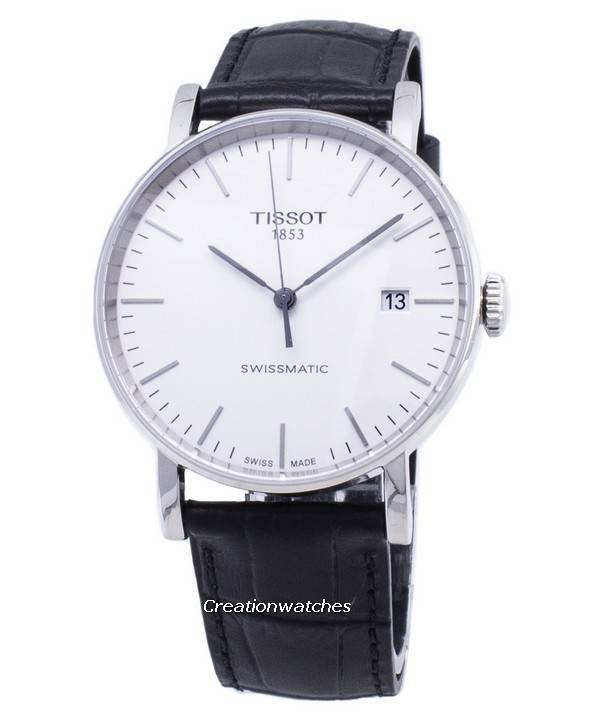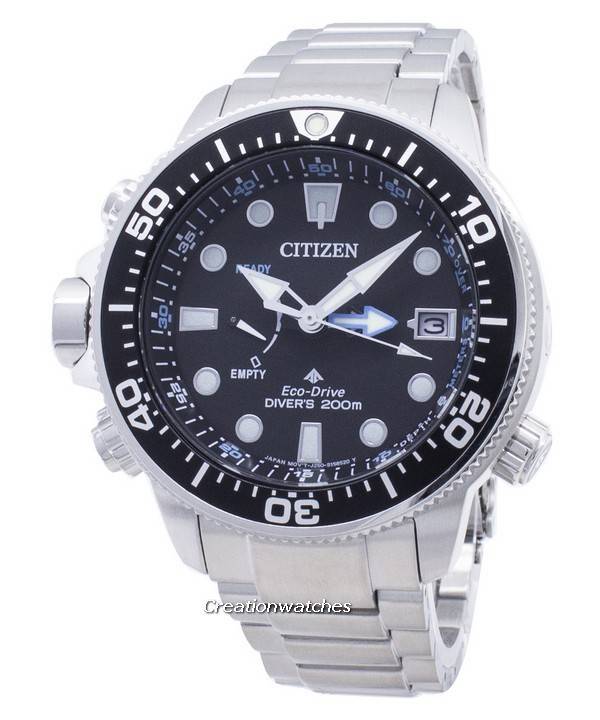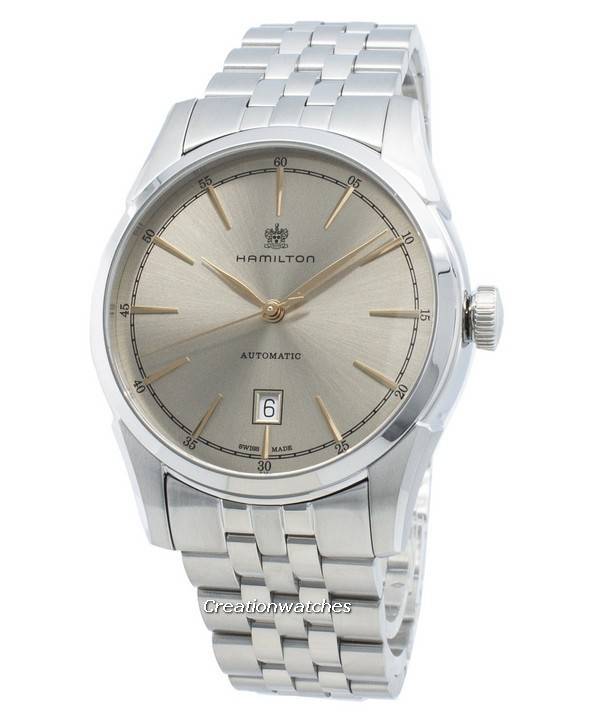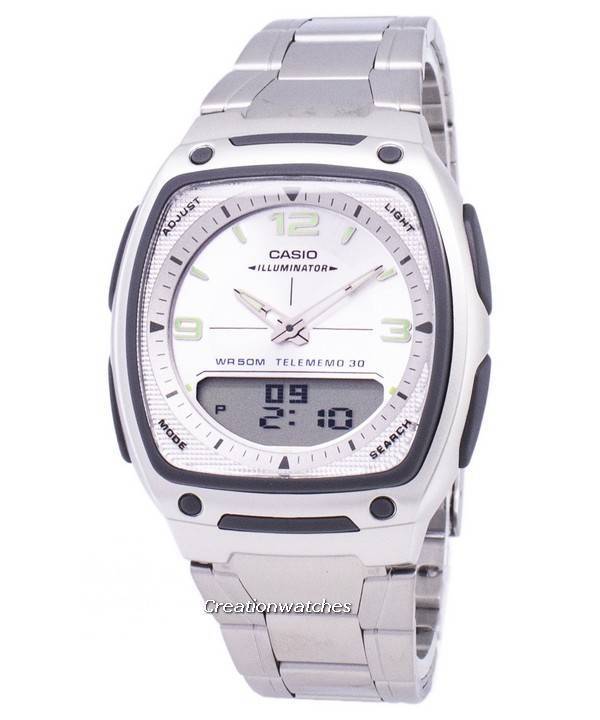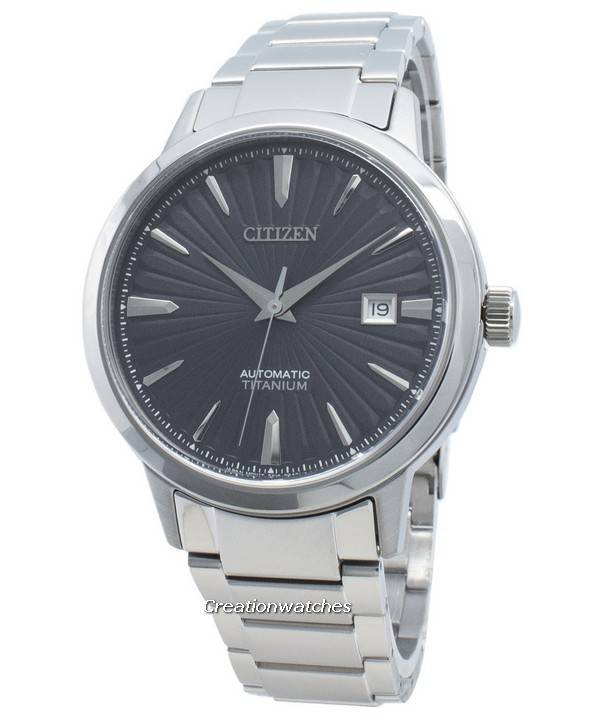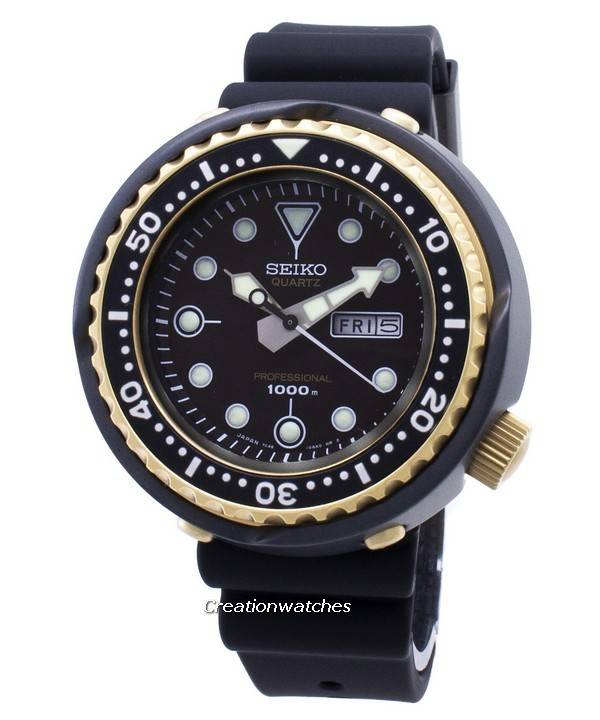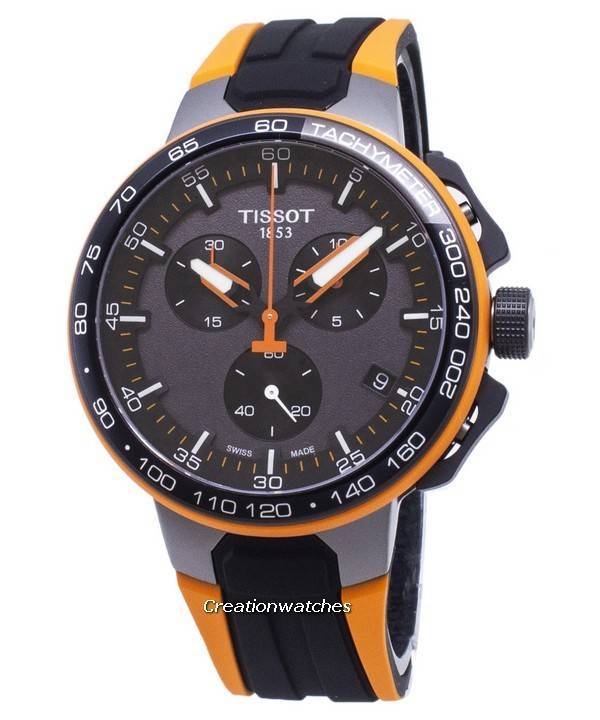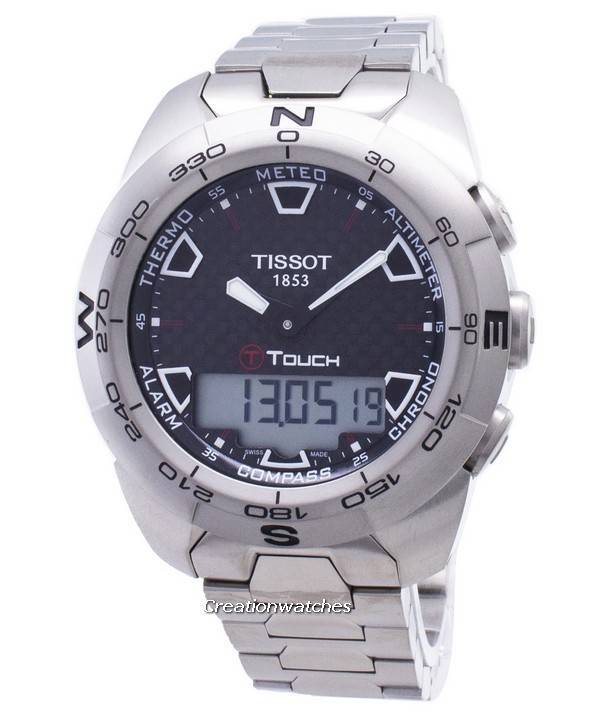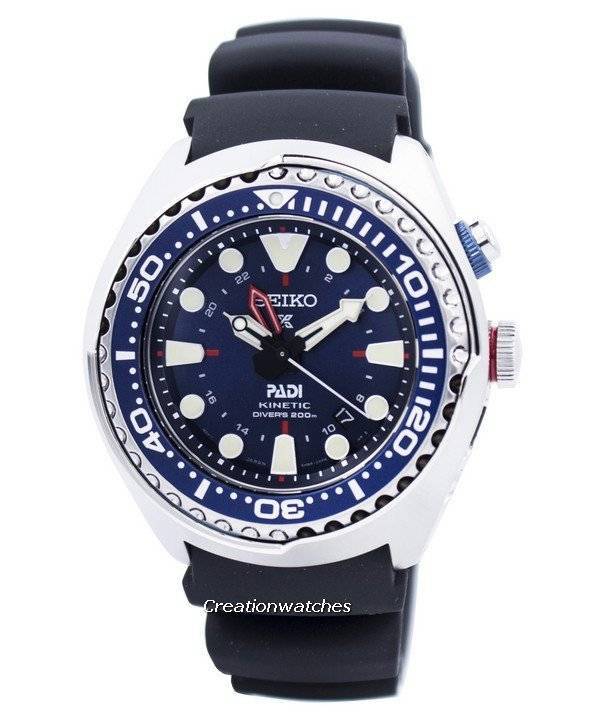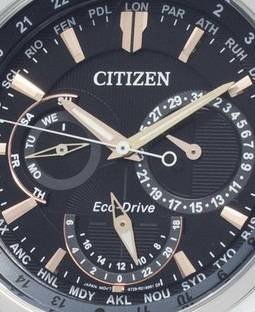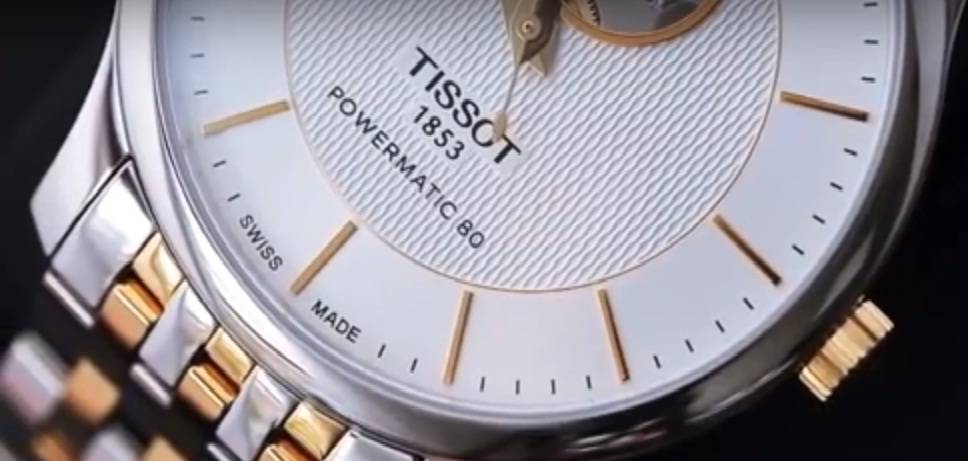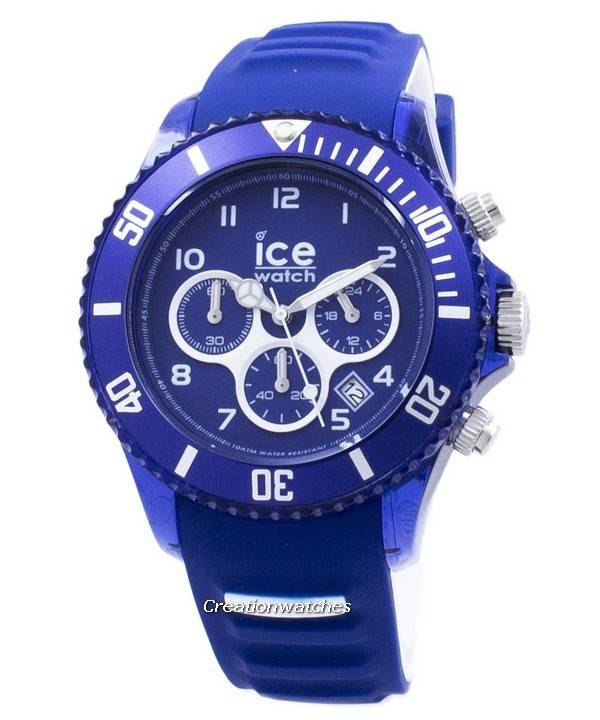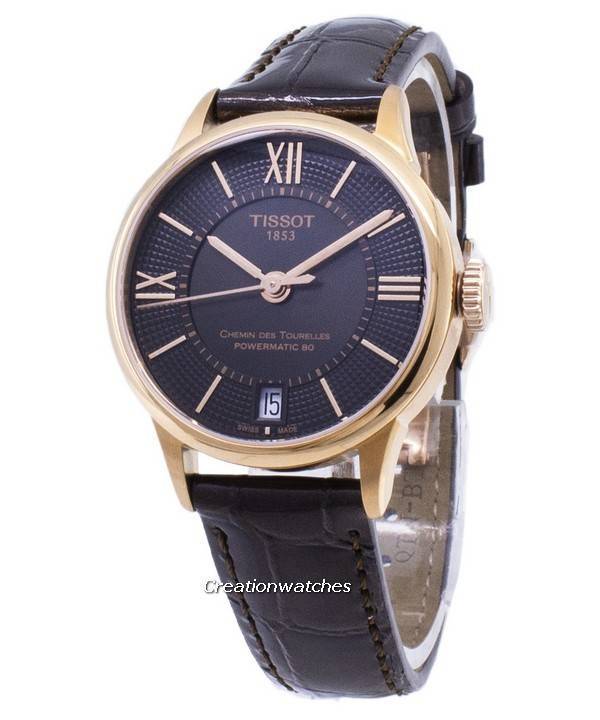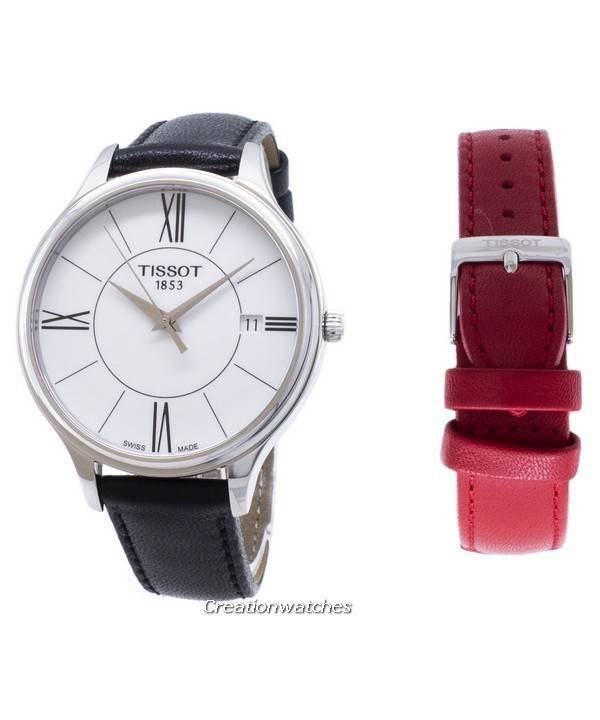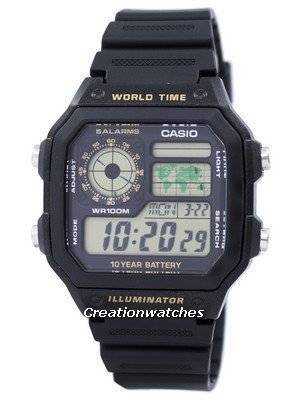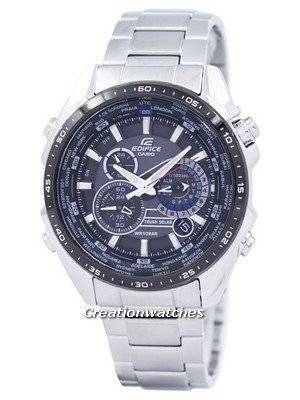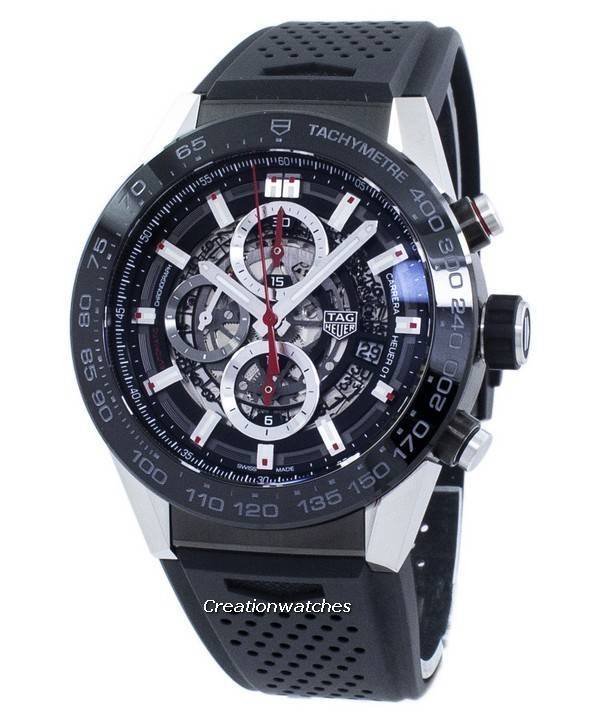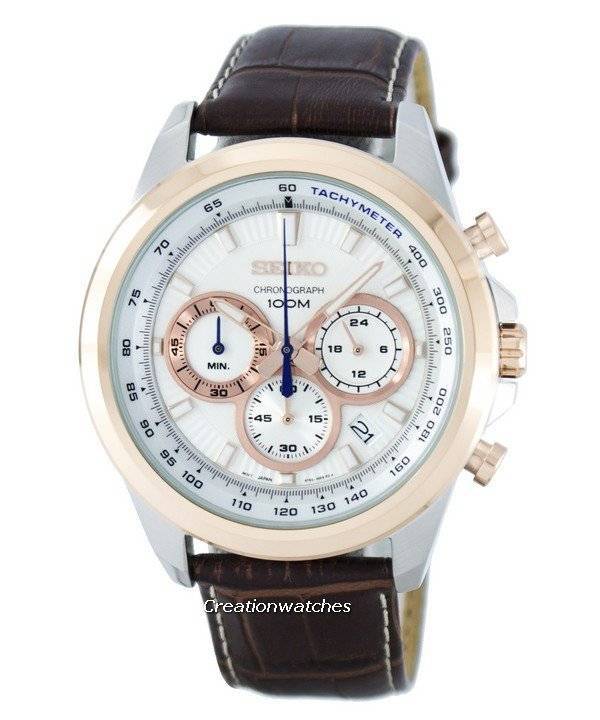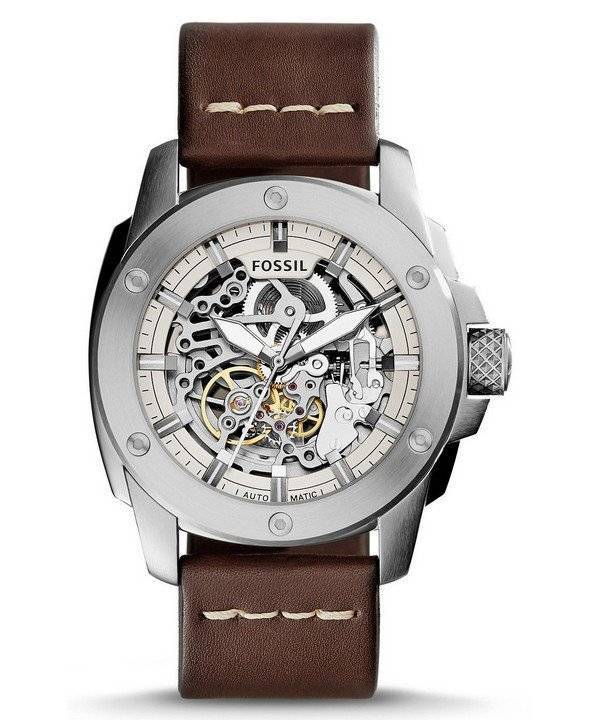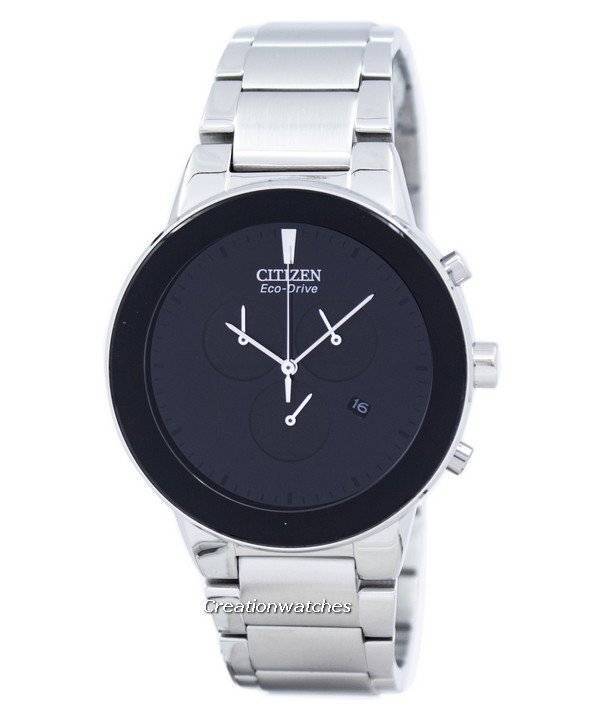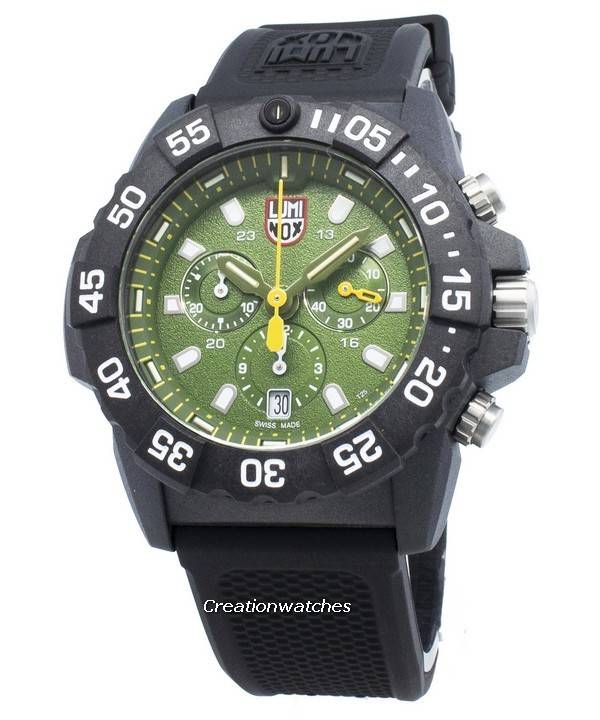
2017 onward, the large watch brands have invested after finding something exotic for their watch cases. Surgical steel and titanium lost their exclusive charm over the run and we can already see the resin fad washing away. Smart money is now being placed on carbon technology. A new wave of composites has started flooding slowly even the sub-$1,000 sector of recent and it’s not just brands like Luminox are into it; but also long-time Swiss players like Tissot. There’s no point in comparing the Luminox carbon composite with the carbon that creates the dial of the Tissot; not all carbon is made super-tough to resist stampedes and serious slamming. Obviously, both the Luminox Navy Seal 3500 and the Tissot T-Touch Expert Solar Analog Digital are built for professional purposes but their fields of work are different. Still, carbon as a material is now diversifying products into being futuristic and future-proof – the same what we once thought about Super Titanium. But there’s no doubt regarding these that wouldn’t look out of place when you put your utility belt on. Or maybe, even your Batman-suit! 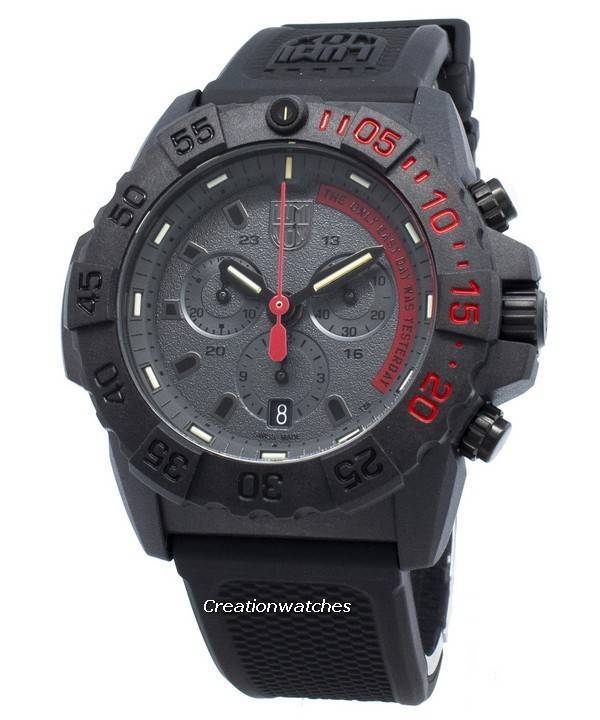 The carbon-composite technology was brought to fruition first time at the highest end of the luxury market. This is where gold, titanium, platinum and similar other precious and semi-precious metals dominate but weight reduction in haute horlogerie is always an issue, since weight impedes the wearer’s performance. Carbon composites brought a big relief. The Carbonox TM+ by Luminox, for example, is three times stronger and lighter than titanium itself! Or, say the Graph TPT or Graphene – an one-atom-thick planar sheet of carbon atoms that are densely packed in a honeycomb crystal lattice; it is a basic structural element of graphite and fullerenes. It’s six times lighter and 200 times stronger than steel and is a wealth of conductive and structural possibilities. And way more expensive; impregnating carbon with a supercharged graphene resin was a practice for renowned auto racing teams like the McLaren Racing Limited,in their F1 cars. Its highest-profile iteration is the carbon nanotube (cylindrical structure created by vapour deposition of atom-thick graphene sheets; uses innate flexibility) of exceptional strength and stiffness. Diameter ratios up to 132,000,000:1 have been achieved in this regard so far. Zenith took the concept and used it for their carbon matrix carbon nanotube technology. These materials are completely antimagnetic and allows no harm inflicted upon the movements inside, whether quartz or mechanical. This, for sure, makes for a spectacle of most promising material science breakthroughs. The carbon tubes absorb 97% of optical light, resulting in the deepest of blacks, nearest to an actual black hole’s. Apart from that, carbon is tough to beat when it comes to durability and lightness.
The carbon-composite technology was brought to fruition first time at the highest end of the luxury market. This is where gold, titanium, platinum and similar other precious and semi-precious metals dominate but weight reduction in haute horlogerie is always an issue, since weight impedes the wearer’s performance. Carbon composites brought a big relief. The Carbonox TM+ by Luminox, for example, is three times stronger and lighter than titanium itself! Or, say the Graph TPT or Graphene – an one-atom-thick planar sheet of carbon atoms that are densely packed in a honeycomb crystal lattice; it is a basic structural element of graphite and fullerenes. It’s six times lighter and 200 times stronger than steel and is a wealth of conductive and structural possibilities. And way more expensive; impregnating carbon with a supercharged graphene resin was a practice for renowned auto racing teams like the McLaren Racing Limited,in their F1 cars. Its highest-profile iteration is the carbon nanotube (cylindrical structure created by vapour deposition of atom-thick graphene sheets; uses innate flexibility) of exceptional strength and stiffness. Diameter ratios up to 132,000,000:1 have been achieved in this regard so far. Zenith took the concept and used it for their carbon matrix carbon nanotube technology. These materials are completely antimagnetic and allows no harm inflicted upon the movements inside, whether quartz or mechanical. This, for sure, makes for a spectacle of most promising material science breakthroughs. The carbon tubes absorb 97% of optical light, resulting in the deepest of blacks, nearest to an actual black hole’s. Apart from that, carbon is tough to beat when it comes to durability and lightness.
Some of the watches mentioned in this post are listed below. Click to see details and buy them:
-
https://www.creationwatches.com/products/hamilton-watches-250/hamilton-khaki-aviation-x-wind-chronograph-quartz-gmt-h77912335-mens-watch-10941.html
-
https://www.creationwatches.com/products/luminox-watches-306/luminox-master-carbon-seal-xs-3803-c-quartz-300m-mens-watch-17110.html
-
https://www.creationwatches.com/products/tissot-247/tissot-t-touch-expert-solar-analog-digital-t091-420-46-051-01-t0914204605101-mens-watch-11022.html
-
https://www.creationwatches.com/products/luminox-watches-306/luminox-navy-seal-3500-series-xs-3502-bo-quartz-mens-watch-16920.html
-
https://www.creationwatches.com/products/tissot-247/tissot-t-touch-expert-solar-analog-digital-t091-420-46-051-01-t0914204605101-mens-watch-11022.html




